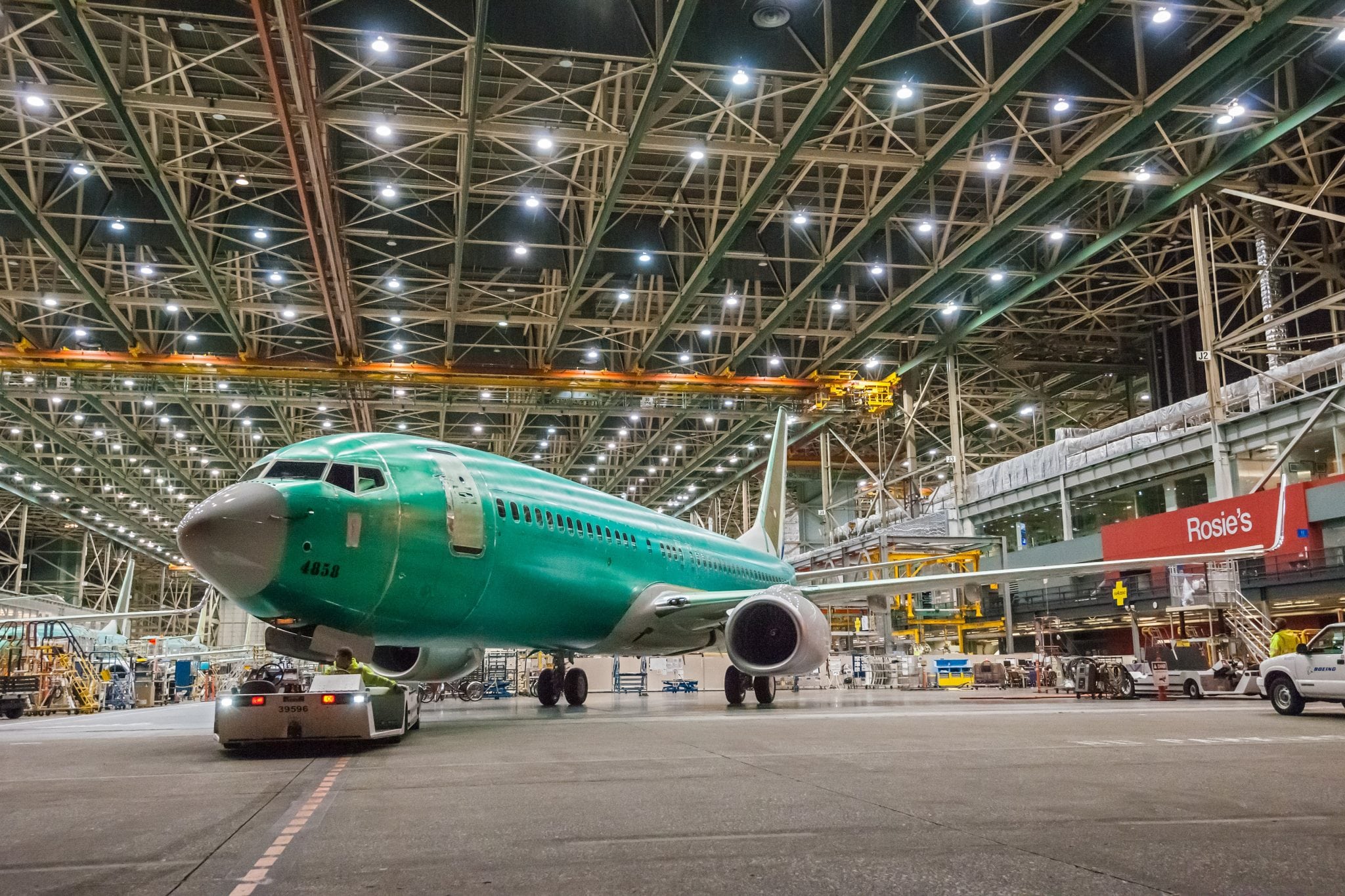[Avionics Today April 23, 2014] Three of the world’s largest aerospace and defense manufacturers, Boeing, Lockheed Martin and Northrop Grumman, reported their first quarter earnings. Boeing came out first, with the strongest first quarter earnings of the three. The manufacturer’s results were fueled by higher sales and increased deliveries of its flagship commercial airframes, the 737 and the 787.

Boeing rolled out the first 737 at the new increased production rate in March. Photo, courtesy of Boeing.
Boeing reported $12.7 billion in total revenues from sales of commercial aircraft, and also completed 161 deliveries during the first three months of the year, an increase of 18 percent over the same period a year ago and numbers that were higher than expected.
Among Boeing’s first quarter accomplishments was an increase in the production rate of the 787 program to 10 per month and an increase of the 737 to 42 per month. Boeing also booked 235 net orders during the quarter; the commercial backlog ended the quarter at $374 billion.
Boeing CEO Jim McNerney says the company’s outlook for the year “remains positive on the strength of demand for our fuel-efficient new commercial airplanes.”
Lockheed Martin also reported an increase in aeronautics net sales for the quarter, with $200 million, up 6 percent from the first quarter of 2013. The company attributes the increase to “higher net sales of about $190 million for F-35 production contracts.”
Lockheed’s lower earnings were reflective of reduced defense spending in the U.S. and abroad, with the impact of sequestration and the close of the war in Afghanistan. Sales of the C-130 program dropped by $85 million, and the company also took a loss of $30 million on the F-22 program due to decreased volume and risk retirements.
Northrop Grumman reported a decrease of 3 percent for aerospace system sales, mainly due to lower volume for its space and Unmanned Aircraft Systems (UAS) programs. Those sales also reflected reduced defense spending, with a decline for several programs, including the Global Hawk and Fire Scout UAS. At Northrop Grumman there was also lower volume for “combat avionics and navigation systems,” according to the earnings report.